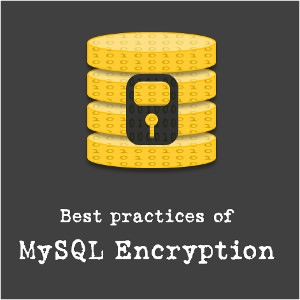Projects in R : Learn R Creating Data Science Projects

Udemy
Course Summary
Master the concepts of R programming language building real world projects
-
+
Course Description
Get hands-on with R Programming Language in our easy to learn Projects in R Programming Course!
R Programming language is not the easiest language to learn and work with, along with data mining and analysis. We’ve seen a lot of people complain that while they could find resources for understanding the theory behind using R programming language and environment, actual project based courses where you get your hands dirty with R, is not available.
This is why we designed this course that allows learners to actually learn R programming using a hands-on approach by building projects along with the instructor. The course will breakdown how to actually start working with R Programming Language and environment in an easy and structured way that will help you not only understand this statistical language, but also become more familiar with how you can go about using it.
R is a programming language and environment for statistical computing and graphics. It allows developers to work with a range of statistical and graphical techniques including linear and nonlinear modeling, classical statistical tests, time-series analysis, classification, clustering, etc.
This project based course is a great way for you to understand and learn the fundamentals of R Programming Language. There are five major aspects that will be targeted in this course:
1. Practical approach to the R Programming – If you already have some background in R programming, or even have the knowledge, then this will help you gain a practical approach to R programming.
2. Learn Different Forms of Data Visualization – Visualizations of data has become a popular trend, as it makes the data more prominent and easier to understand. These include different types of visualizations such as bar graph, charts, heat map, etc.
3. Learn efficient ways to visualize data – Data should be efficient, especially if you are working with partial data. If the data is not efficient, the analysis would not be faulty and can be misunderstood.
4. Learn ways to manipulate data – Data isn’t always constant and it is often used to analyze past data and make future predictions. For this data is required to be manipulated to create predictions for multiple scenarios.
5. Learn to generate reports using R – Now we come to the most important stage of data mining and analysis. Here you will learn to generate effective reports that will help you put out a clean set of data analysis for consumption.
So, what are you waiting for? Learn R Programming in an easy and simple to learn course when you click the Enroll Now button!





